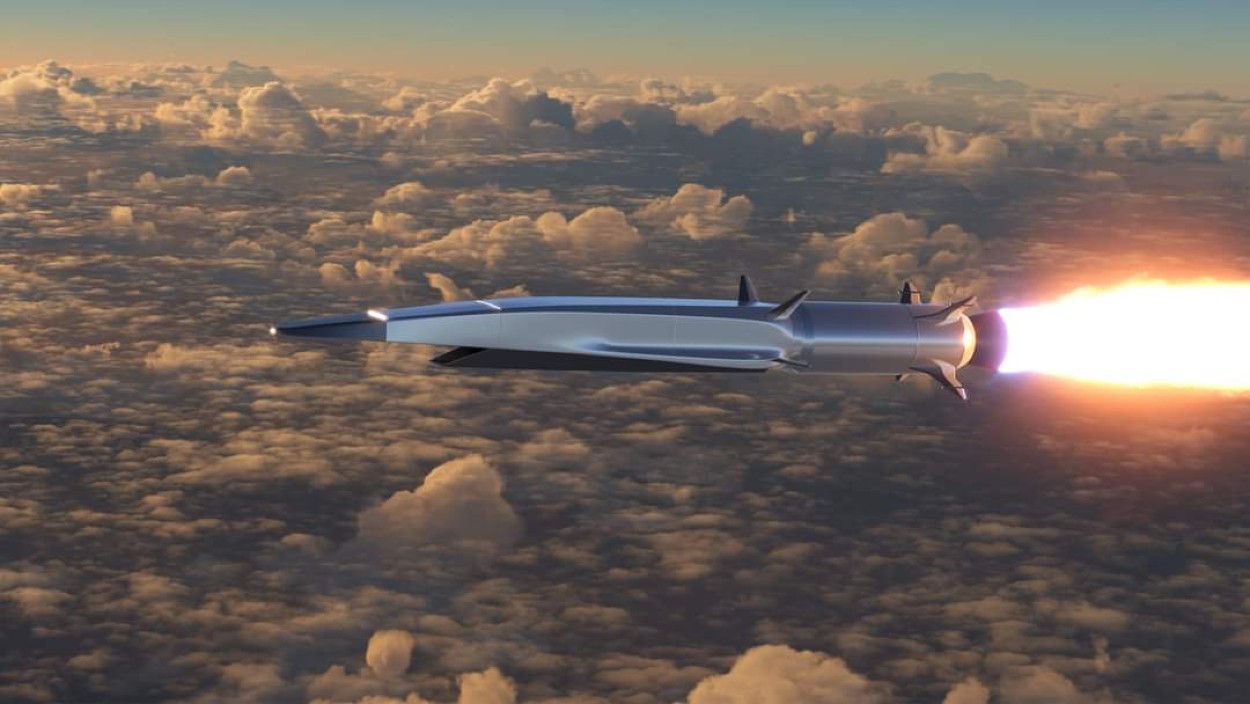The United States has successfully tested a hypersonic air-to-ground missile prototype off the coast in California, reaching more than five times the speed of sound, the US Air Force said on Monday.
“A B-52H Stratofortress successfully released the first All-Up-Round AGM-183A Air-launched Rapid Response Weapon off the Southern California coast, Dec. 9,” the US Air Force said in a press release. “Following the ARRW’s separation from the aircraft, it reached hypersonic speeds greater than five times the speed of sound, completed its flight path, and detonated in the terminal area.”
While previous weapon tests focused on checking the booster performance, the current test was the first launch of a complete prototype operational missile.
Earlier, EurAsian Times had reported that the US Air Force had validated the loading functions for its first air-launched hypersonic missile from the B-52H aircraft at the Barksdale Air Force Base.
The US Air Force’s said the Air-Launched Rapid Response Weapon, or ARRW, could be deployed by 2023.
The Lockheed Martin AGM-183A ARRW is a long-range hypersonic missile developed for the USAir Force. The weapon will boost the USAF’s strike capability at stand-off ranges, allowing it to attack heavily defended targets.
The ARRW travels at five times the speed of sound, allowing the USAF to strike critical enemy targets at lightning speed and defy any missile defense system.
“It demonstrates the far-reaching capabilities of the B-52, and now it projects its combat capabilities even further with the ARRW system,” said Master Sgt. Caleb Nolen, Air Force Global Strike B-52 armament systems manager.
The USAF noted that the development of hypersonic weapons was sped up due to the National Defense Authentication Act section 804 Rapid Prototyping, which is part of the Rapid Fielding program. The program promotes rapid weapon development in specified instances.
Meanwhile, the Japanese Defense Ministry plans to create two units within the ground self-defense force to control ballistic missiles with a hypersonic glide vehicle, Japanese news agency Kyodo reported on Saturday, citing sources.

According to the report, the units are expected to be established and deployed on the islands of Kyushu and Hokkaido by 2026. This coincides with the deadlines that the Japanese authorities have outlined for deploying modernized “type 12 anti-ship missiles”, the range of which will be more than 1,000 kilometers (621 miles) instead of the current 100 kilometers.
Japanese media reported earlier that the government was studying the development of guided missiles with a range of up to 3,000 kilometers and their subsequent phased deployment in various parts of the country, including Hokkaido.
In addition, the media reported that Japan and the United States were considering the possibility of conducting a joint study of technologies for intercepting ballistic missiles with a hypersonic gliding warhead.
In particular, the Japanese Defense Ministry plans to begin designing an engine for long-range missiles with the ability to turn it in the event of a change in the trajectory of an enemy missile.
Via Sputnik News Agency




